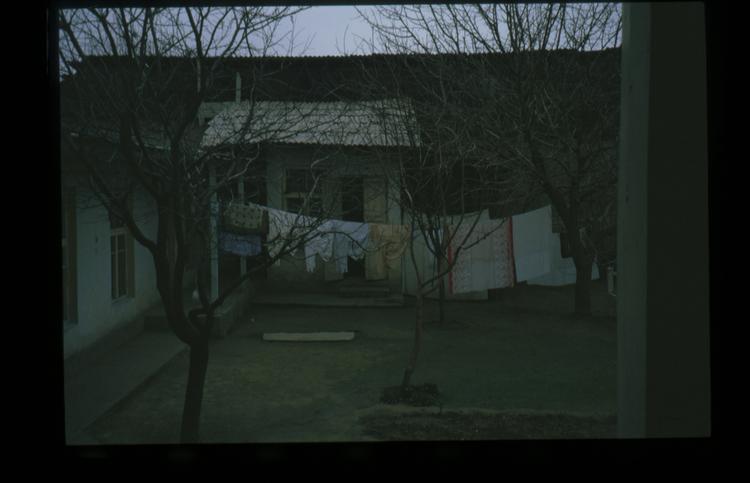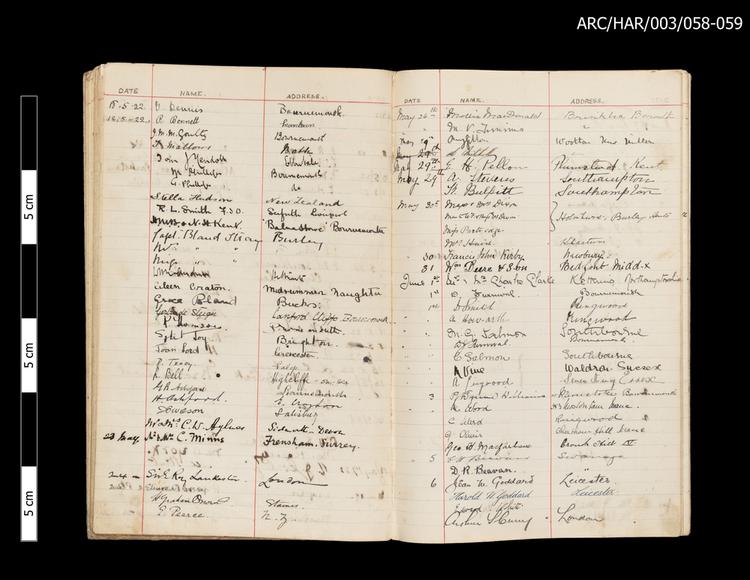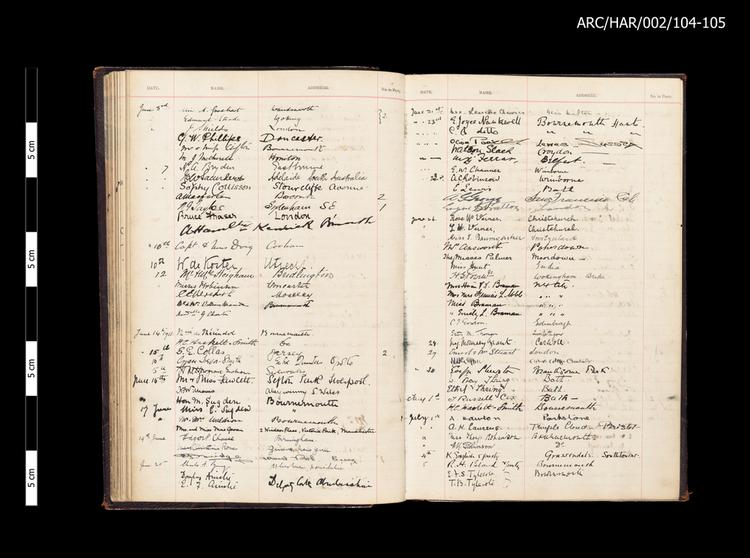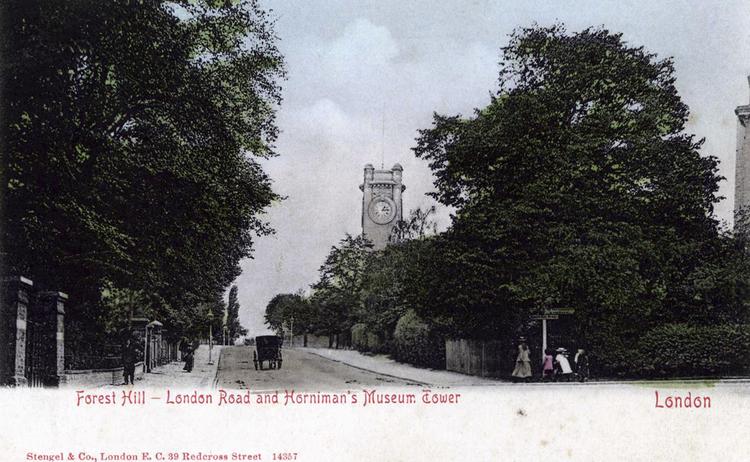
One press cutting describing the fact that the museum was opened by the late Sir Morell Mackenzie on 21st December 1890; it is also noted that there have been 130,000 visitors received by the museum in the last three years. The author mentions the re-opening of the museum on the Bank Holiday and that admission is free to all visitors from 2-9pm every Monday, Wednesday and Saturday. The author gives complimentary descriptions of the rooms which have been updated with new exhibits. Within the Entrance Hall and Reception Room, there are “Chinese and Japanese wonders of art”, and the “small porcelain figures of gods and goddesses, and bronzes”; the Horse Armoury which features the Spanish Torture Chair used during the Spanish Inquisition at Cuenca; armour from different period including guns, swords, and pistols; the Elizabethan Room, whose features are mentioned however, as the magazine is slightly torn on the right hand side, they are not fully described, but the author does mention various “ancient furniture” items. The author then goes on to describe the features on display in the Orchestral Organ Room which contains “a valuable collection of musical instruments”. The features of the Oriental Armour and Figure Room are also mentioned “a good collection of weapons and dresses used in India, China and Japan”. The author then goes on to mention the next few rooms which contain Greek, Roman and Egyptian exhibits and antiquities; three rooms devoted to Indian art such as “lacquer, cloisonné enamel…”. The Hall is the next feature which contains Chinese, Japanese and Indian art. The Insectarium is described in great detail, with particular reference to the frogs and lizards, in addition to the butterflies and moths. Then described is the ethnographical saloon, featuring descriptions of the different cultures, and it is also noted that some of the collections were brought to the museum by Sir Somers Vine from his travels. The final room to be described is the Zoological Saloon, which notably contains a “fine specimen of an African lion” in addition to “Rocky Mountain sheep and goats, beaver, musk ox and buffalo”. The final paragraph of the article showcases Mr Horniman’s willingness to invite large or small parties to his museum to examine exhibits from across the world.






